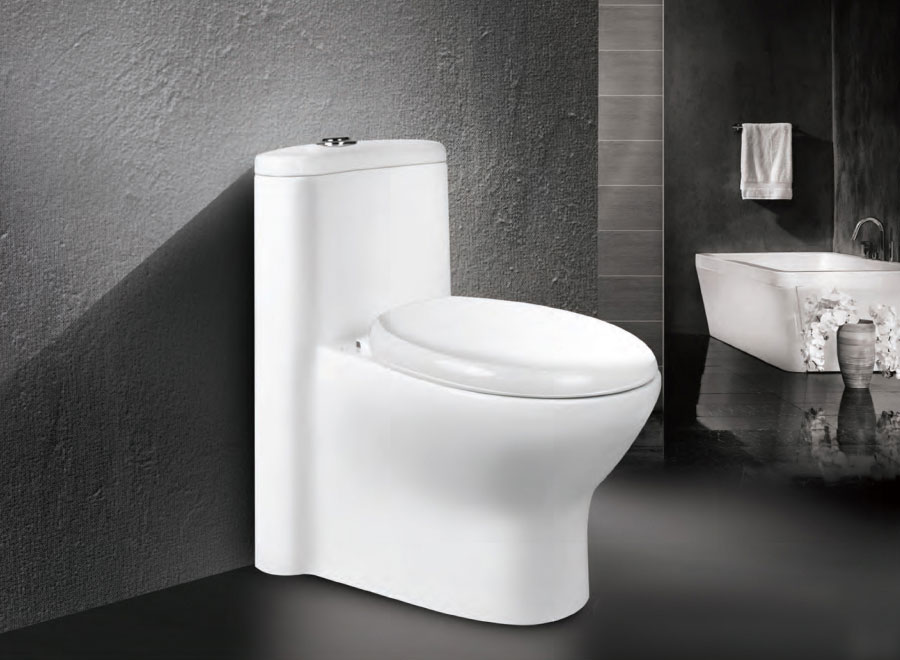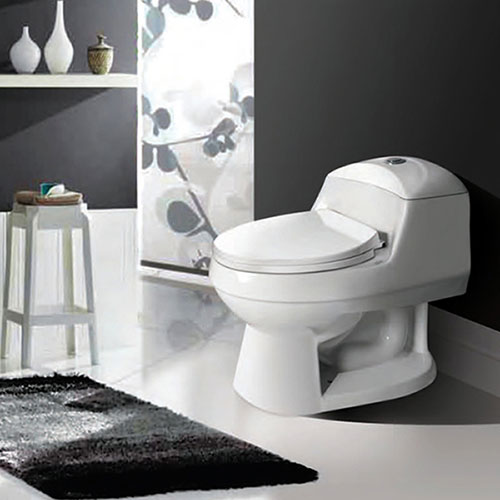In the plastic product manufacturing industry, various additives are used to improve the properties of the final product, one of the most widely used of which is masterbatch filler.
Due to the presence of minerals in its structure, this masterbatch creates unique characteristics in products, and along with increasing the quality of the product, it reduces its cost.
In this article, we will introduce you to this widely used additive and examine its benefits in the plastic industry.
Masterbatch filler is an additive based on PE, PP, and PS, consisting of 20-80% of minerals. The presence of minerals in the filler masterbatch makes the final product acquire unique characteristics and increases its quality when combined with the plastic product. Adding masterbatches to plastic products can create properties such as stability and heat stability, high resistance, high hardness, etc. Using this masterbatch is an effective solution to improve the physical and chemical properties of the final product and helps to reduce its price.
Masterbatch filler is produced in different types, each used according to the polymer base of plastic products. The types of filling masterbatch are:
Talcum powder with a semi-transparent appearance and white color is added as a filler masterbatch to polymers such as polypropylene. This additive increases the resistance and thermal hardness of the product. It also prevents them from drying out. This filler is usually used for household appliances, cars, etc. The following can be mentioned among the advantages of this masterbatch filler.
- The property of being soft
- High chemical resistance
- Increased tensile strength
- Low electrical conductivity
- No explosion and ignition
- Improving the hardness and strength of the product
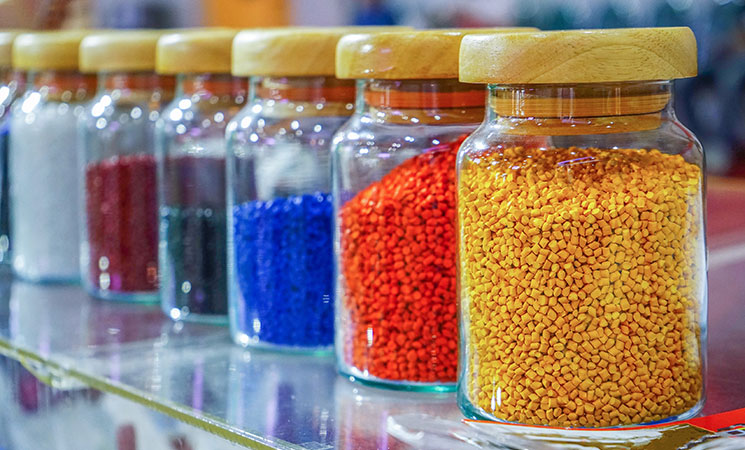
Click on the link below to read more:
Masterbatch
The name granule may have been heard by most of those who work in the plastic and polymer industry. The story started from a place where, with the advancement of technology, various methods and devices were created to produce plastic products, and the question was raised as to what the primary material used in these devices should be.
Among the forms of powder, granule, and flakes, granule has won this competition because of its many advantages. In most production methods, the granule is used as a raw material to produce the final product. But what is granule and what are its advantages? What types are there? How is it produced? If you have questions like this in your mind, stay with us in this article to get the answers to your questions.
The wrong image of granules in the minds of some who have little knowledge of polymer and plastic is that this product is a type of polymer material. As the first and most important point, you should know that granule is not the name of a specific polymer and it is a form of polymer that has changed from a powder state to a granular form (like the image below) and is used in various applications and uses.
The reason for using granules is the ease of use in production; The powders are dispersed in the air, and in addition to the pollution of the workshop environment and the breathing problems they cause, a large amount of material is also wasted, but the granule does not have these problems.
In addition, the system of plastic forming machines is designed in such a way that its raw materials are better in the form of granules. Therefore, manufacturers prefer to use its granular form instead of powder form. To produce polymer products from granules, they must first be melted and then shaped.
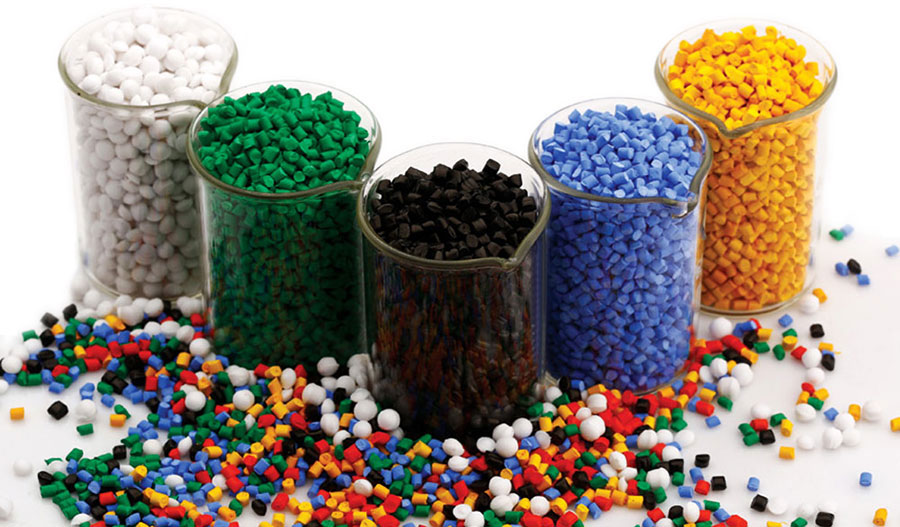
Click on the link below to read more:
Granule - classification of granule types
Have you ever wondered what materials are used in different parts of the construction industry? Have you thought about using polymer materials in the construction industry? As a short answer, we can say that nowadays, polymer materials are used in almost all stages of building construction, from under the floor to the top of the roof, and polymers have found their place in the road and construction industries. Polymer materials are used in many cases, such as flooring, wall coverings, insulation, exterior and interior facades, false ceilings, polymer asphalt coatings, polymer concrete coatings, concrete modified with polymers, building adhesives, paints, etc.
Due to their unique advantages, various research is conducted on their application in different sectors, and new achievements of the applications of these materials in this industry are presented every day. In the rest of this article, we will learn about the use of polymer materials in the following cases.
- Application of polymer materials in thermal, moisture, and sound insulation
- Application of polymer materials in pipes
- Application of polymeric materials in concrete
- Application of polymer materials in building stone
- Application of polymer materials in asphalt
With the increase of science and the extraordinary progress of technology, heat, sound, and moisture insulation produced with polymer materials is progressing daily. Depending on their type and application, these insulators prevent heat, displacement, convection, moisture, sound, and radiation.
Types of building insulation are a covering of different materials applied on the roof, floor, and walls and cause the absorption or control of environmental noise, preventing heat from entering or leaving the desired building space or sealing the building. It equals the entry of water and humidity into the building.
The use of building insulation increases the life of the building and reduces energy consumption in the building. The insulations used in the construction are used in different types of rolls, panels, and color coating for all residential, commercial, etc., buildings.
Types of building insulation are divided into thermal, moisture, and sound insulation in terms of performance and application, each of which has different styles. Nowadays, polymer materials play a significant role in all types of insulation.
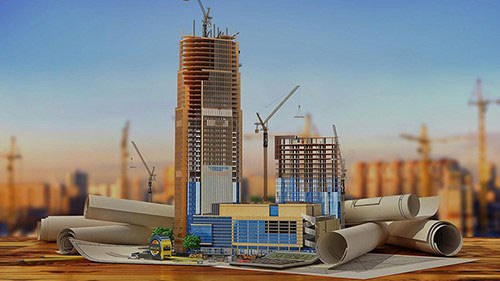
Click on the link below to read more:
Polymer materials in the construction industry
Historically speaking, Iran has always been active in the production of chemical and petrochemical products due to its huge oil and gas resources in its geographical area. Currently, petrochemical products in Iran are known as one of the main sources of income in the country. Chemical fertilizers, plastics, cleaners, bactericides, and acids are among the products produced in this industry. Although a lot of time has passed since the establishment of the petrochemical industry in Iran, this newly emerging industry quickly opened its place among the active industries of Iran.
Today, with 51 active complexes, Iran Petrochemical has the capacity to produce 56 million tons of products annually.
Numerous petrochemical companies were established throughout Iran ascribed to the extensive investments made in the past years in the petrochemical sector and related industries. In this article, we will discuss petrochemical products made in Iran and their different types.
Generally, we can divide Petrochemical products into 3 categories based on their use:
Basic products: include ethylene, propylene, sulfur, gasoline, ammonia, etc., which form the basis of petrochemical production.
Intermediate products: This category transforms basic products into feed needed to produce final products, such as PVC, ethylene glycol, melamine, etc.
Final products: they are used to make equipment and tools used by industries and the general public service; Such as synthetic fibers, rubber, plastic items, chemical fertilizers, medical devices, etc.
As you probably are aware, the petrochemical industry is completely dependent on petroleum raw materials as well as natural gas. Crude oil and natural gas are used as raw materials for the production of various fuels, including gasoline and diesel, polymer materials, chemical fertilizers, detergents, paints, and even pharmaceuticals. Hence it is impossible to imagine the world without oil products!
Various and most complex processes are used in the production and manufacture of petrochemical products. According to the report of Iran’s petrochemical industry yearbook, Petrochemical products in Iran can be divided into five main groups:
- Polymer materials (13%)
- Aromatics (7%)
- Chemicals (45%)
- Hydrocarbon materials (24%)
- Chemical fertilizers (11%)
In the following, we will introduce these five groups and explain the subgroups and characteristics of each.
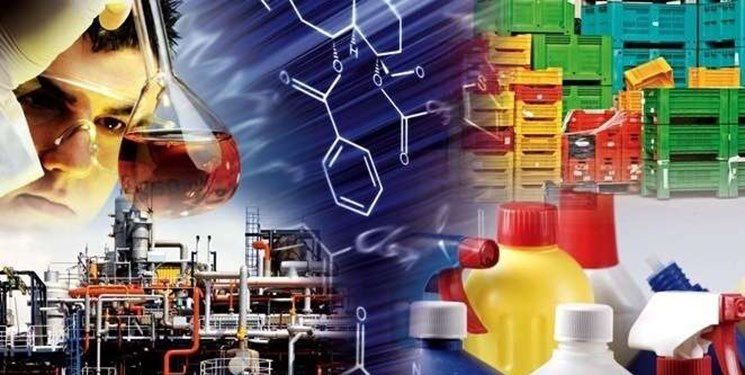
Click on the link below to read more:
Petrochemical Products in Iran
Suppose you have a question to know what naphtha is. In that case, we must say that naphtha is one of the most important and widely used fractions of crude oil, and familiarity with the properties and uses of this petroleum fraction is necessary for a process engineer. This article will teach you what you need to know about naphtha.
One of the essential intermediate products of the crude oil refining industry is naphtha. This product is used as feed in petrochemical units, including steam crackers, catalytic conversion, and isomerization. All kinds of naphtha cuts are produced and supplied in refinery processes.
A naphtha is a group of liquid hydrocarbon compounds that are highly volatile and flammable. Naphtha is a general term and refers to the compounds between gas cuts and kerosene in crude oil distillation processes. These compounds make up about 11% of crude oil.
The central part of gas condensate, i.e., fat, collected from the gas well, is also composed of naphtha. This liquid fuel can also be extracted from coal tar. This category of compounds contains 5-12 carbon atoms, which generally include paraffin, olefins, naphthenic, and aromatics. Among these materials, aromatic compounds in naphtha cause a pungent smell that is also very harmful to humans.
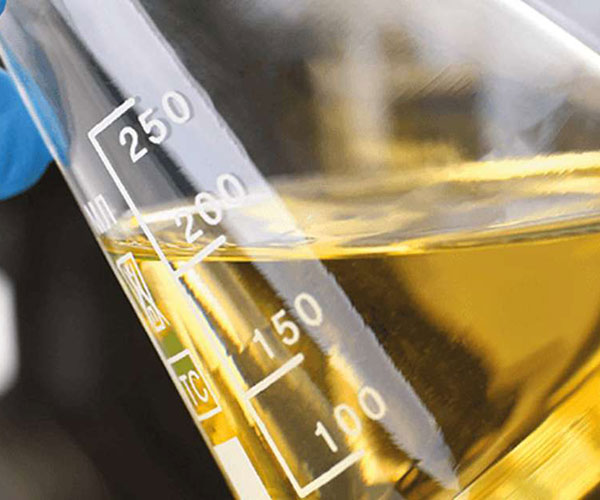
Click on the link below to read more:
Naphtha
Only a good lubricant (oil, grease, etc.) can guarantee the mechanical equipment. About 55% of equipment breakdowns are due to inappropriate lubricants in the industry. Among the types of these products, we can mention engine oils, silicone, grease, etc., which we will learn more about in the following.
A substance that can reduce friction, heat, and wear when placed in a layer between solid and semi-solid surfaces is called a lubricant. The definition of lubricant is different in different industries. In simpler terms, it can be said that this material can reduce or prevent problems caused by friction.
A lubricant is a substance that helps reduce friction between surfaces in mutual contact, which ultimately reduces the heat generated when the characters move. It may also transmit power, transport foreign particles, or heat or cool surfaces. The property of reducing friction is known as lubrication.
Each lubricating oil consists of a base material to which various additives are added for the required specifications. This base can be mineral (of petroleum origin) or synthetic (such as polyolefins, polyesters, and polyalkylene glycols). Mineral bases are usually vacuumed distillation products and asphalted residues subjected to solvent extraction, wax removal, and purification.
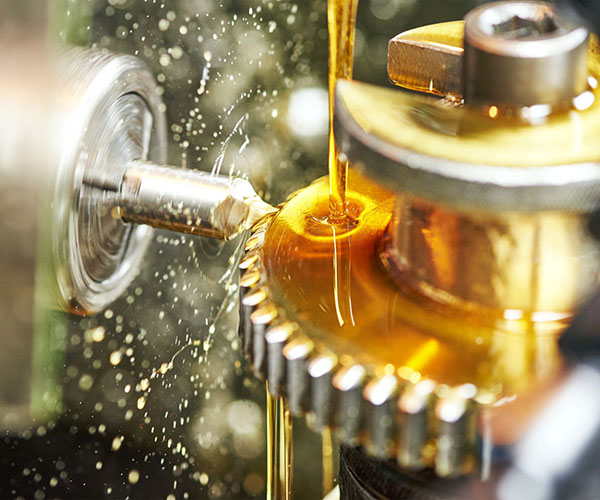
Click on the link below to read more:
Lubricants
The black substance that boiled out of the rocks which called rock oil was used medicinally by the American Indians with consideration of healing power.
Petroleum is a Latin word derived from Petra meaning rock and Oleum meaning oil. This word is used more or less in the same sense as oil.
Crude oil consists of carbon and hydrogen elements, which is one of the types of hydrocarbons, and it is classified into light and heavy, sour and sweet crude oil based on the hydrocarbon compounds and their sulfur content.
API index is usually used to show the lightness and heaviness of crude oil. Crude oil with an API higher than 30 is called light, 20 to 30 is called medium, and lower than 20 is called heavy fuel oil. There are crude oils with an API greater than 44, such as Ecofisk crude oil, which is called very light.
In this article, we are going to discuss the sale of heavy oil and some key points related to the trade of this type of oil.
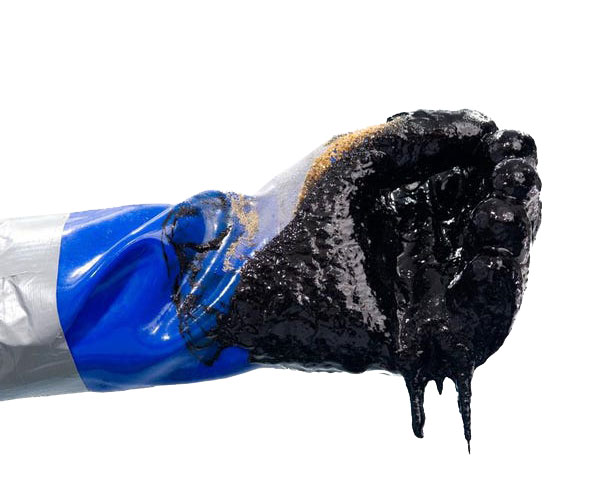
Click on the link below to read more:
Heavy Fuel Oil
Organic solvents have many applications in chemical, metal, and electronic industries, as well as in many consumer products such as coatings or paints. Therefore, they are considered among the most important chemicals.
Choosing quality and cost-effective petrochemical solvents is necessary for the country's industries.
The solvent is derived from the Latin word solvō, meaning to dissolve. In fact, a solvent is a substance that dissolves a solute and thus creates a solution.
A solvent is usually a liquid but can also be a solid, a gas, or a supercritical fluid. When one substance dissolves in another substance, a solution is formed. This is due to the fact that compounds such as sand are not soluble in water. All substances are uniformly distributed at the molecular level in a solution, and no residue remains.
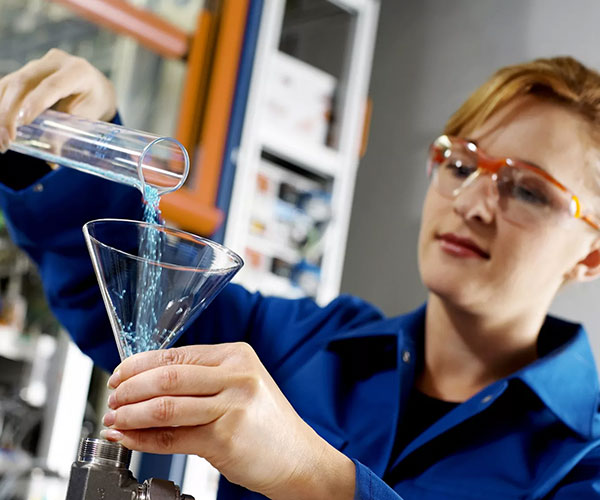
Click on the link below to read more:
Solvents
These days, along with submitting the country's budget bill 1401 to the Iranian parliament, terms such as petrochemical or refinery feed rate are often heard. Determining the petrochemical feedstock rate also becomes a challenge for the capital market.
This article will briefly explain what is meant by petrochemical feedstock in these categories. And why is the capital market sensitive to it?
Generally, feed here is a material prepared for consumption in raw, intact, modified, or semi-modified form. There are only two types of feed in petrochemicals: gas feed and liquid feed.
In Iran, and especially in the capital market of Iran, most petrochemical companies use gas feed as the raw material for producing their products. The gas feed is divided into two types methane gas feed and ethane gas feed.
Olefins, i.e., ethylene, propylene, polyethylene, and polypropylene, are mainly produced from ethane gas or liquid petroleum products, i.e., naphtha, propane, butane, raffinate, etc. Units such as Jam Petrochemical use mixed feed, i.e., liquid or gas.
But the units whose main products are methanol, ammonia, and urea use more methane gas; Units like Zagros Petrochemical use only gas feed. Some petrochemicals, such as Bandar Imam Petrochemical, use only liquid feed.

Click on the link below to read more:
Petrochemical Feedstock
Liquefied gases are one of the petroleum products used worldwide today, such as city gas for cooking, which is why it is interesting to know what LPG gas is and what compounds it is made of.
If you are also interested in learning about the features, uses, structure, and history of the discovery of liquefied petroleum gases, you have reached the right source.
Liquefied Petroleum Gas is a colorless and volatile gas obtained by pressuring, cooling, and liquefying refinery or natural gas (including oilfield gas). The main components of liquefied gas obtained from refinery gas are:
- Propane
- Propylene
- Bhutan
- Bouton
The liquid gas composition obtained from natural gas is essentially free of olefins. Liquefied gas is a flammable substance that will explode when exposed to an open flame when the air content reaches a specific concentration range.
This article will review all the essential points about liquefied petroleum gases in simple language, so stay with us until the end.
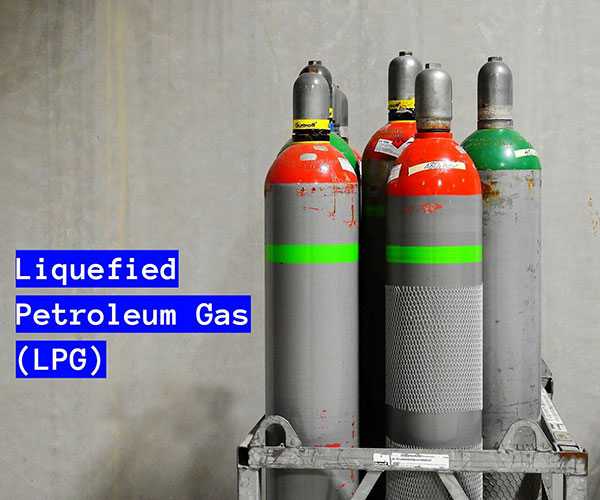
Click on the link below to read more:
Liquefied Petroleum Gas - LPG












